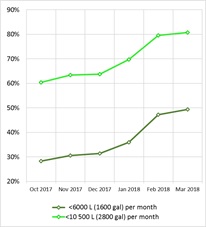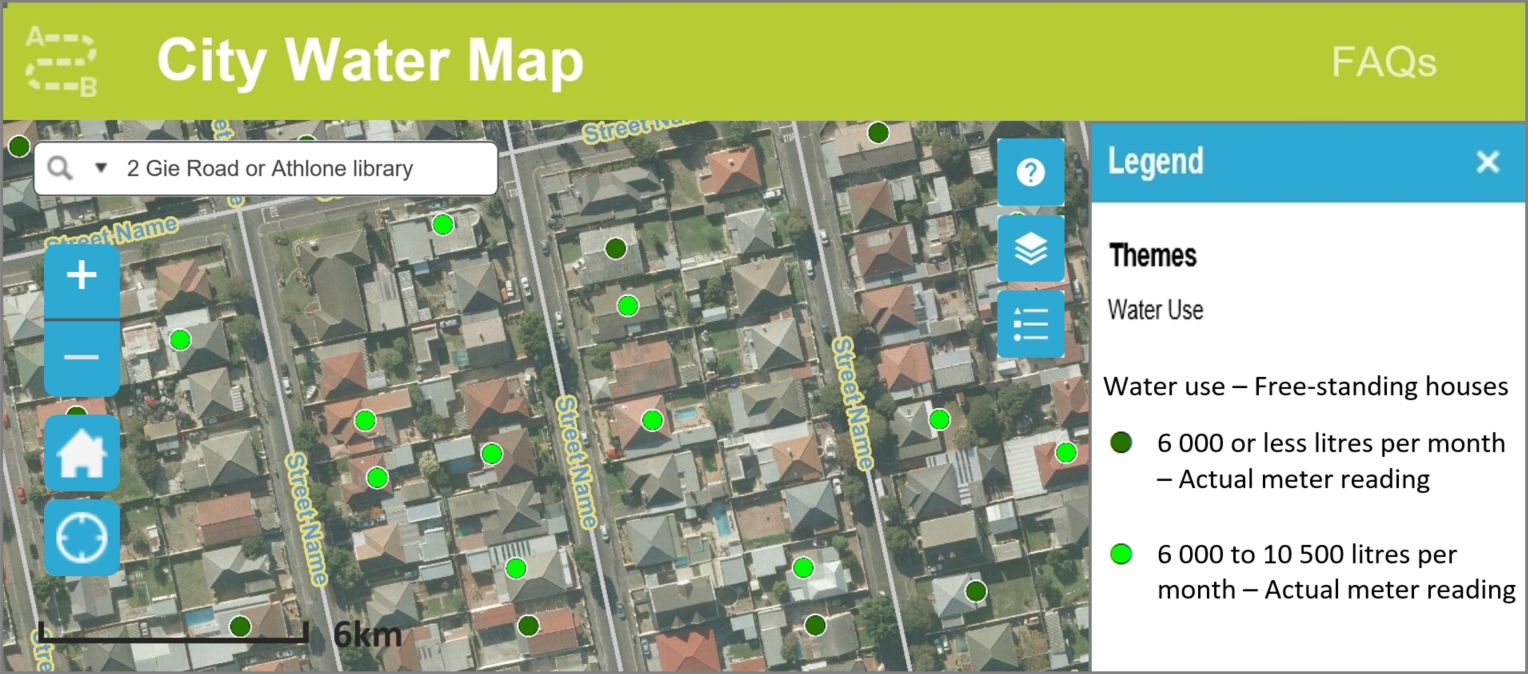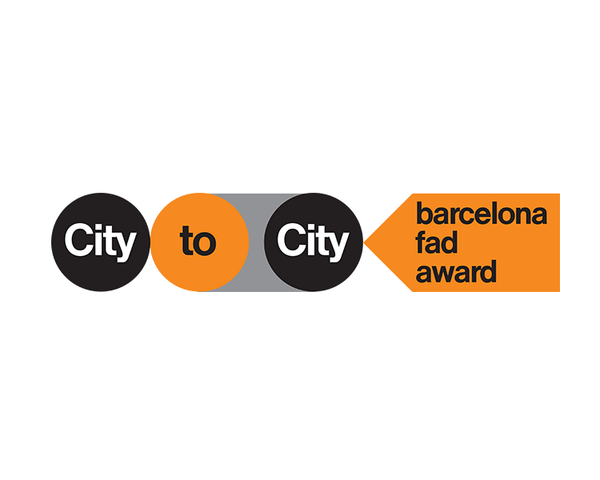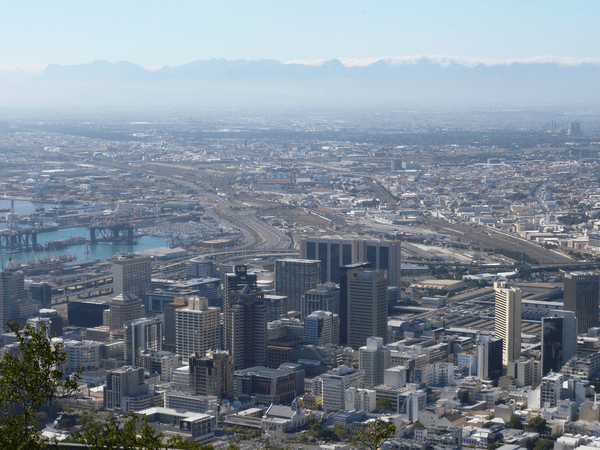City
Cape Town, South Africa
Size and population development
According to the City of Cape Town profile and Analysis District Development Model, the 2019 population was 4,392,562. The city covers an area of approximately 400 km2 with a population density of people 1,800 per km2.
Population composition
The population is comprised of 50.4% females and 49.6% males. The largest share of population is within the young working age (25-39 years) category. The age category with the second largest population share is the 0- 4 years age category. The age category with the lowest number of people is the elderly population - 65 years and older age category. The median age is 29 years.
The ethnic and racial composition of Cape Town as follows: 40% Coloured; 43% Black African; 16% White; 4% other.
First Languages are as follows: Afrikaans 34.9%; Xhosa 29.2%; English 27.8%; other 8.1%.
In 2019, there were 2, 016, 021 (45.9%) people living in poverty. The population group with the highest percentage of people living in poverty is the African population group with a total of 61.4%.
Most places of worship are Christian churches and cathedrals. Islam is the city’s second largest religion, followed by a significant Jewish population and small communities of Hindu, Buddhist and Baháʼí followers.
Main functions
The city of Cape Town is the provincial capital of the Western Cape and South Africa’s second largest economic centre and second most populous city after Johannesburg. It is the legislative capital city of South Africa and hosts South Africa’s National parliament. Located on the shore of Table Bay, Cape Town has a coastline of 294km and is bounded by the Atlantic Ocean to the south and the west.
Main industries / business
Cape Town has become a mostly service-driven economy. Finance, insurance, real estate and business services constitute 37% of economic activity, followed by wholesale and retail trade (15%) and transport, storage and communication (11%). Cape Town also has strong tourism, R&D and various creative industries sectors.
Sources for city budget
The City draws its budget from property rates and service charges, tariffs charged for water and sanitation, electricity and solid waste management, as well as other revenue streams such as investment income and National and Provincial grants.
Political structure
The Mayor is the head of local government in Cape Town and is elected by Council every 5 years and has statutory powers and functions.
The Mayoral Committee was constituted in November 2018. The 11-member council received new, streamlined portfolios in December 2018 following the City Council’s approval of the revised Organisational Development and Transformation Plan, promoting more effective and efficient service delivery to the people of Cape Town.
Administrative structure
The City Council is the executive body of the City and is responsible for making top-level decisions about how Cape Town is governed. The Council is also the legislative body of the City and makes and implements by-laws, which are local laws specifically created for Cape Town. Council sets the tariffs for rates and services, decides what the City’s budget is and how it will be spent, and enters into service level agreements with private agencies that do business with the City.
Council also elects the Executive Mayor, the Executive Deputy Mayor and the Speaker and appoints the City Manager. The City’s Executive Management Team is responsible for ensuring the implementation of the City Council’s decisions.
Council is made up of 231 members. This membership comprises 116 ward councillors, and the other 115 members are proportional representative (PR) councillors. PR councillors are members of political parties. They are given positions in Council based on the percentage of votes their political party received in the local elections. The members of Council serve for a term of five years.
Website
http://www.capetown.gov.za







